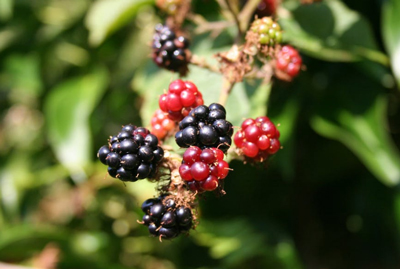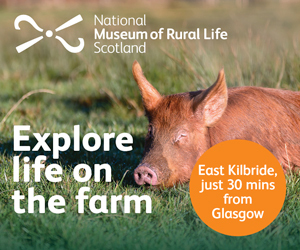Primary Times - the definitive what’s on and where to go family guide of activities and events for children of primary school age. Things to do with your kids during the school holidays including arts and craft activities, music and theatre for children, parties, competitions, days out, and family attractions along with term time drama schools, dance classes, after school clubs and sports activities. Things to do at a place near you!
The Great British Wildflower Hunt
 Summer Holidays have started in earnest and families up and down the country are looking to ‘outdoor’ in a fun, free and easy way. Plantlife's Great British Wildflower Hunt is a simple but meaningful way of interacting with nature this summer, whilst discovering wildflowers growing locally and learning a bit more about them and how to identify them.
Summer Holidays have started in earnest and families up and down the country are looking to ‘outdoor’ in a fun, free and easy way. Plantlife's Great British Wildflower Hunt is a simple but meaningful way of interacting with nature this summer, whilst discovering wildflowers growing locally and learning a bit more about them and how to identify them.
A recent YouGov poll for Plantlife[1] showed that 70% of people want to know more about the flowers growing all around them. We know the public want to know more about the splashes of yellow, pink, purple and white they see daily, whether on a walk to the shops, on a run in the park or seen from the window of a car.
The hunt, the UK’s first large-scale interactive guide to wild flowers, offers everyone the opportunity to have fun and boost their botanical knowledge like never before; It helps families learn together, giving them the confidence to identify the wildflowers that are growing in their nearby urban park, meadow, field or woodland.
Why should families do this?
It is increasingly appreciated that connectedness to nature is good for our health and happiness. There are a growing number of studies[2] that say nature is good for mental and physical wellbeing. Taking part in the Wildflower Hunt is a great way to start.
The outdoors is a key part of all children’s experience, whether you grow up in a town or the countryside. What are your happiest memories from childhood? Our bet is many of them come from playing outside – in a park, say, or in nearby scrub or woods.
Marian Spain, Chief Executive of Plantlife says: “Lots of us love wild flowers but can feel unconfident around them and want to know more. The Great British Wild Flower Hunt is designed to do just that. You can do it on your phone or print off the sheets, and take them with you while you’re walking the dog, with toddlers in the park or out on a country stroll.”
There are nearly 50 flowers to identify and hunters are able to filter photos by colour, mark off flowers spotted, and earn flower points to be shared on social media via #WildflowerHunt. Firm favourites like buttercups and red clover earn users one star, while rarer gems like common spotted orchid and harebell are three-pointers.
“If you do know about wild flowers, this is a really easy way to share that enthusiasm with the younger generation,” says Plantlife’s Dr Trevor Dines, “I learnt so much from my parents and grandparents, and that generosity of spirit is what we want to encourage.”
Some wildflowers are only just coming into their best, usually blooming a bit later in summer. In the next few weeks, keep an eye out for yarrow, rosebay willowherb and blackberry, as well as a few invasive non-native species like butterfly bush and Himalayan balsam.
Simply sign up to receive your online welcome pack and get started here.
[1] Fieldwork was undertaken online between 26-30 May 2017. The total sample size was 2132 adults. The figures have been weighted and are representative of all GB adults (aged 16+).





